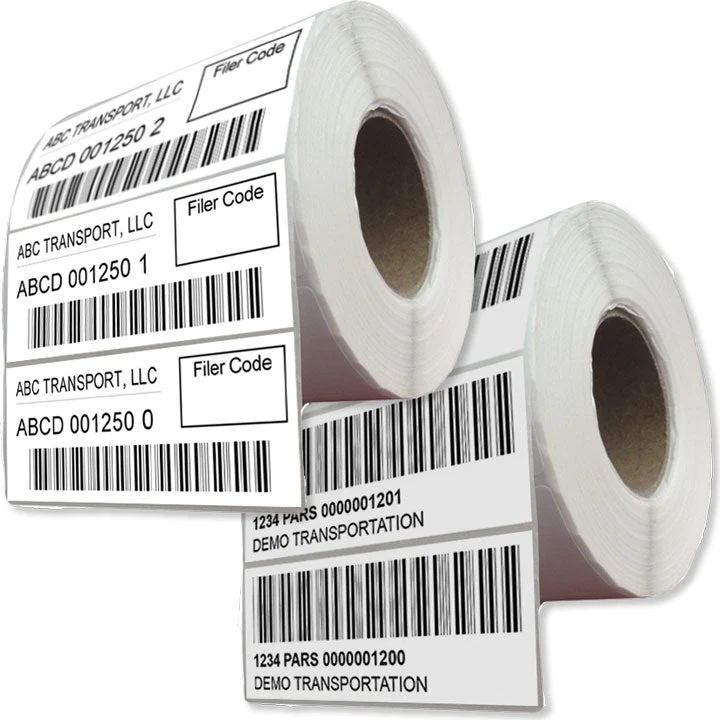Introduction: In the world of cross-border trade, two critical labels stand out: PARS (Pre-arrival Review System) and PAPS (Pre-Arrival Processing System). These labels are more than mere identifiers; they are essential tools for ensuring smooth customs clearance of cargo.
Understanding PARS Labels: PARS labels are specifically used for goods entering Canada. These labels play a key role in the pre-arrival processing of goods, enabling faster customs clearance by presenting all necessary information in an easily readable barcode format.
Understanding PAPS Labels: Conversely, PAPS labels are used for goods entering the United States. Similar to PARS, PAPS labels facilitate the pre-arrival processing, but they adhere to the customs regulations specific to the U.S.
Key Similarities and Differences:
- Geographical Use: The primary difference lies in their geographical application—PARS for Canada and PAPS for the U.S.
- Functionality: Both labels serve the same purpose of expediting customs clearance by presenting cargo information in a structured, barcode format.
- Customs Compliance: Both require accurate, up-to-date information to ensure compliance with respective country’s customs regulations.
Best Practices for Label Management:
- Accurate Data Entry: Ensuring all information on the barcode matches the shipping documentation.
- Visible Label Placement: Attaching labels securely where they are easily visible on the shipment.
- Regular Verification: Double-checking labels for accuracy to prevent delays or rejections at the border.
Avoiding Common Mistakes: Mistakes with either PARS or PAPS labels, like incorrect carrier codes, wrong shipment numbers, or data mismatches, can lead to significant delays. Implementing a verification step in the shipping process is crucial.
BorderPrint’s Custom Solutions: At BorderPrint, we offer custom-printed PARS and PAPS labels that are designed to be error-proof, aligning with the latest customs requirements to prevent any hold-ups at customs.
Conclusion: Understanding the differences and proper use of PARS and PAPS labels is essential for any logistics or trucking company operating between the U.S. and Canada. By leveraging BorderPrint’s expertise and custom solutions, businesses can ensure smooth and efficient customs clearance for their shipments.

